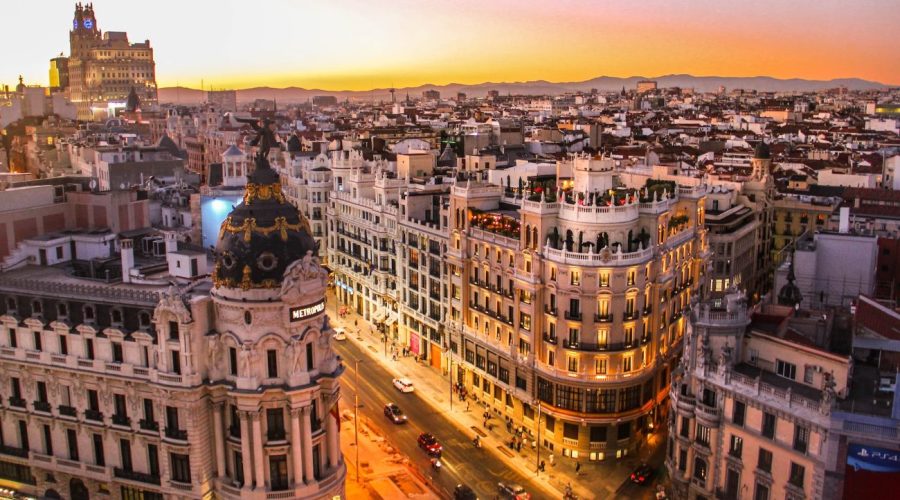

I was delighted to hear the impressions of a Western European scholar about his visits to the European East. I learned how different the countries of the COMECON were,” he recalled during the class. In Hungary, everything was so colorful: I remember butcher shops, sausages … impressions I will never forget. In Budapest, everything was booming… during the same period, Warsaw was very gloomy, dark, wet. After a couple of weeks, I was an expert on this subject, because nobody else was writing about it.”īetween ’86 and ’94, professor Maresceau traveled to Moscow 20 times and also paid visits to the countries that used to be behind the Iron Curtain. This was a breaking point for the European Community.

“I was faced with the new situation of the arrival of Gorbachev in 1985. “But I wanted to do something new, something related to external relations,” professor Maresceau explained to his students. As a young man, he held the chair of European Law at Ghent. I followed a 12-hour course he gave on European Neighbordhood Policy in Natolin. This renowned faculty includes Marc Maresceau, a law professor and the director of the European Institute from the University of Ghent in Belgium. Founded as a sister campus to its Bruges counterpart in 1992 in response to the revolutions of 1989 and in anticipation of the European Union’s Eastern enlargement, Natolin hosts a diverse, fly-in faculty who cannot stay indifferent to the country’s rich and complex history. Translated from French by the Visegrád Post.WARSAW, Poland – There is no better place than the College of Europe in Natolin, Warsaw, to discover what others think about Poland. We do not yet know what thinks Pope Francis about it. The idea of the defense minister Antoni Macierewicz for the 2016 World Youth Day is not preposterous, and even courageous in the current context in Europe. “Venimus, vidimus, vicit Deus” (we came, we saw, God won) then wrote the Polish king in a letter to Pope Innocent XI to inform the military victory of Christianity over Islam. It was in September 1683 that the troops of the Holy Roman Empire allied to those of the Republic of Two Nations (union of the Kingdom of Poland and the Grand Duchy of Lithuania) and under command of Polish King John III Sobieski, put in flight the Turks, more numerous. This battle of the September 12, 1683, in defense of the Austrian capital was the start of the reflux the Ottoman caliphate that threatened to spread from the Balkans to the rest of Europe. This gift of force is called in the language of Sienkiewicz męstwo, which is usually translated by “courage”, “bravery” or even “manhood” in different contexts. But the Battle of Vienna is the symbol of a Christianity opposed to this vision, with believers who had with them the force that gives the Holy Spirit. Among these events revealed by the Rzeczpospolita newspaper on June 11, a reenactment of the Battle of Vienna which makes scream the Polish secular left who would like to see in Christianity only a bunch of NGO communities systematically turning the other cheek after each slap and meanwhile taking in every foreign incomer without asking too many questions about their intentions or the consequences for the local and national community. Poland – A reenactment of the Battle of Vienna in 2016 World Youth Day in Krakow? By Olivier Bault.ĭuring the World Youth Days (WYD) to be held with Pope Francis in Krakow from July 27 to 31, the Polish Ministry of Defense plans several events to present to pilgrims and other visitors “the Polish army in the light of generations in the service of the defense of Christian values”.


 0 kommentar(er)
0 kommentar(er)
